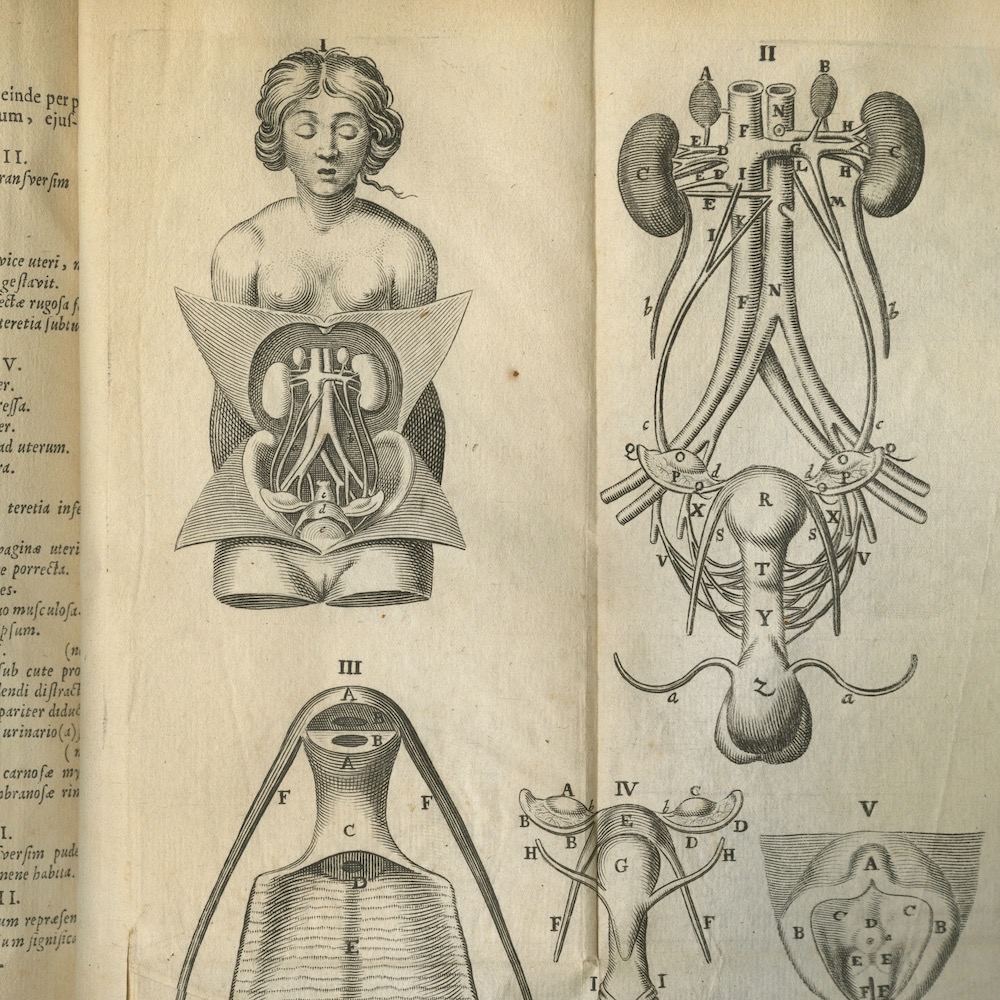Kundalini Global teachers are trained to understand the architecture of posture in relation to chemical messengers in our bodies: hormones and neurotransmitters. We primarily bring attention to the changes that can come in response to the practices we teach: breathwork and posture (stretching and/or dynamic movement).
In this, we often talk about encouraging the release of serotonin, endorphins, and dopamine. These chemical messengers can be encouraged to be produced/released in several ways. As a ‘reward’ for effort, in the case of endorphins, for example. Or, by movements that combine two approaches to potentially naturally increasing serotonin levels: massage and exercise.
Working to release these chemical messengers can support us in experiencing ourselves differently and, hopefully, in a way we perceive to be more enjoyable.

…Gentle, softer, more able to be still, relaxed, and perhaps even euphoric. This is the kind of language you may often hear people using relative to how they feel after a yoga class.
The hormones and neurotransmitters we work with encouraging the release of are in relationship with the parasympathetic nervous system, the opposite of a stress response.
Surrender to stillness
When we talk about the stress system, and how the practices that come into Kundalini Global classes help us to signal to that system to ‘stand down,’ we are looking at ways to show the body and mind that it is safe enough for us to spend time in this parasympathetic nervous system response. It is the ‘side’ of our nervous system that allows us to rest, to be relaxed.
The change to the chemical messengers in our body that come because of the signals sent by our conscious breathing, or stretching, or moving, mean that we can hopefully allow some rest and stillness to come after each practise in a class. These pauses and rests can be extremely lovely. Often more so over time, as we begin to feel more and more able to surrender to the stillness, rather than finish a posture or breath and quickly check our phone before moving on etc.
It may seem, in the stillness of those pauses and rests, that being in a parasympathetic response is where we would want to hang out all the time. But it is not, actually, so simple. Indeed, even within a yoga class, it is unlikely we would be experiencing a parasympathetic response throughout (unless you like to turn up, curl up on your mat, and sleep!) We need to experience the other side, the sympathetic, too.
Trick your body and mind
The reason why things such as breathwork and yoga are helpful to the modern day human is that, whilst the two sides are of equal importance to us in life, very many, if not most, of us experience so much stress, tension, speed, overwhelm and fear every day that the sympathetic system is overactive. And, whilst we will not provide a huge list of all the scary risks of this, an overactive sympathetic nervous system has become an identified characteristic of a huge number of mental and physical health issues. In short, we really do need the sympathetic system, but we do not need to it be switched on in every waking moment. It’s not ‘good’ for us to live like that. And yet many of us do.
Learning some tools to almost trick the body and mind into a parasympathetic response is a great thing. And what Kundalini Global teachers are expert in sharing.
The parasympathetic system is not only about feeling ‘chilled out’…
The function of the parasympathetic system is not primarily to play with altered states of consciousness and feel somehow spiritually accomplished, but to allow us to conserve energy to be used later, and to regulate important bodily functions like digestion… that’s why the term ‘rest and digest’ gets used so often.
But, again, to be in this space 24/7 is not the aim. It is simply to have a healthy balance between the two. In Kundalini Global we also aim to help you to recognise that you have agency in how we use our body and breath to allow ourselves the safety of a softer, gentler, more relaxed, waking experience of ourselves more regularly.
You need the sympathetic too…
As we go about our days, all of us, we rely on interaction between the sympathetic and parasympathetic nervous systems.
When you’ve been asleep for seven or so hours and then wake up, were it not for our sympathetic system our blood pressure would fall through the floor. The sympathetic system, on waking, signals to increase blood flow through the body so that we don’t wake up, sit up, and immediately faint.
When you eat an enormous meal (or even a small one) your parasympathetic system sends blood to the stomach and intestines to encourage the digestion of food.
When you have something in the diary that you’re nervous about: a job interview, an appointment, an event… you may notice that you are not hungry at all beforehand, because your sympathetic system is holding the reigns. When the stressful event is over you may experience insatiable hunger as the parasympathetic system takes over.
The nervous system and hormones…
In all their busy work to keep us, hopefully, in some form of balance, one of the things that both the sympathetic and parasympathetic nervous systems do is interact with the endocrine system to release chemical messengers in our bodies and minds.
These chemical messengers play a big role in influencing our feelings and behaviours.
When we spend a lot of time in a stress response, we have increased levels of cortisol. In any form of stress, your adrenal glands make and release the hormone cortisol into the bloodstream which, amongst other things, increases your heart rate and blood pressure. When we allow the system to stand down and soften, we can lower levels of this stress hormone.
The role of yoga in lowering levels of stress hormones has been reasonably well studied. One really interesting paper that looked at the impact of yoga and meditation on cellular aging in apparently healthy individuals, found indications of lower levels of inflammation and significantly decreased levels of cortisol after 12 weeks of practise.
As well as lowering the level of stress hormones in our bodies, we can also consider Kundalini Global as a way to do so whilst simultaneously working to release alternate chemical messengers that make us feel good/safe/happy/relaxed and some that can even directly counteract (or ‘eat up’) stress hormones.
The Endocrine System
We are, of course, yoga teachers and not endocrinologists or neuroscientists. What we do is to inform ourselves, as well as we can, on how we can apply research and learning from such fields to our decision-making processes as teachers about what practises to share and in our explanations of how they may be working to change how we feel.
The endocrine system in a series of glands, each made up of groups of cells that secrete hormones that move through the body.
When the hormones released by one gland arrive at another gland, receptors of the second gland may trigger the release of other hormones, which results in a series of complex chemical chain reactions.
The endocrine system works together with the nervous system to influence lots of different aspects of our humanness, including how we grow, when still young enough to be growing, our reproductive system and our metabolism. As well as this, and often how it is framed and explored through yoga, the endocrine system plays a vital role in emotion, helping to regulate behaviour.
It is unlikely that practising yoga and breathwork will alter the functioning of your endocrine system relative to things like growth, but it has been shown in many studies to have a beneficial effect relative to emotion and our stress response.
Many of our postures create a pressure or tension that is then released relative to specific glands (such as the thyroid, thymus etc.) and compression and decompression in this way can regulate secretions.
An example of this would be that any posture that increases blood flow to brain may improve function in the hypothalamus, pituitary and pineal glands. Postures like shoulder stand may improve functioning of thyroid and parathyroid gland.
If you’re interested in reading more about some of the study and research into this you may like to read the following as a start point:
Arora, S., & Bhattacharjee, J. (2008). Modulation of immune responses in stress by Yoga. International journal of yoga, 1(2), 45–55. https://doi.org/10.4103/0973-6131.43541
Find out more…
As this post may have opened you up to considering, how your yoga or breath practise may influence the chemical/hormonal responses in the body is not simple, but it is fascinating and an area where new thought and study emerges all the time.
It may be that you are someone who loves to understand such aspects of what we are doing in class, or it may be that you’re extremely happy to ‘go with the hormonal flow’ so to speak, and trust the sensations and sense of self that comes throughout class, either way, Kundalini Global teachers spend a lot of time training to understand the field relative to its application to what we share with you and use that knowledge to create classes that really do allow any human willing to give it a try to experience themselves differently.

